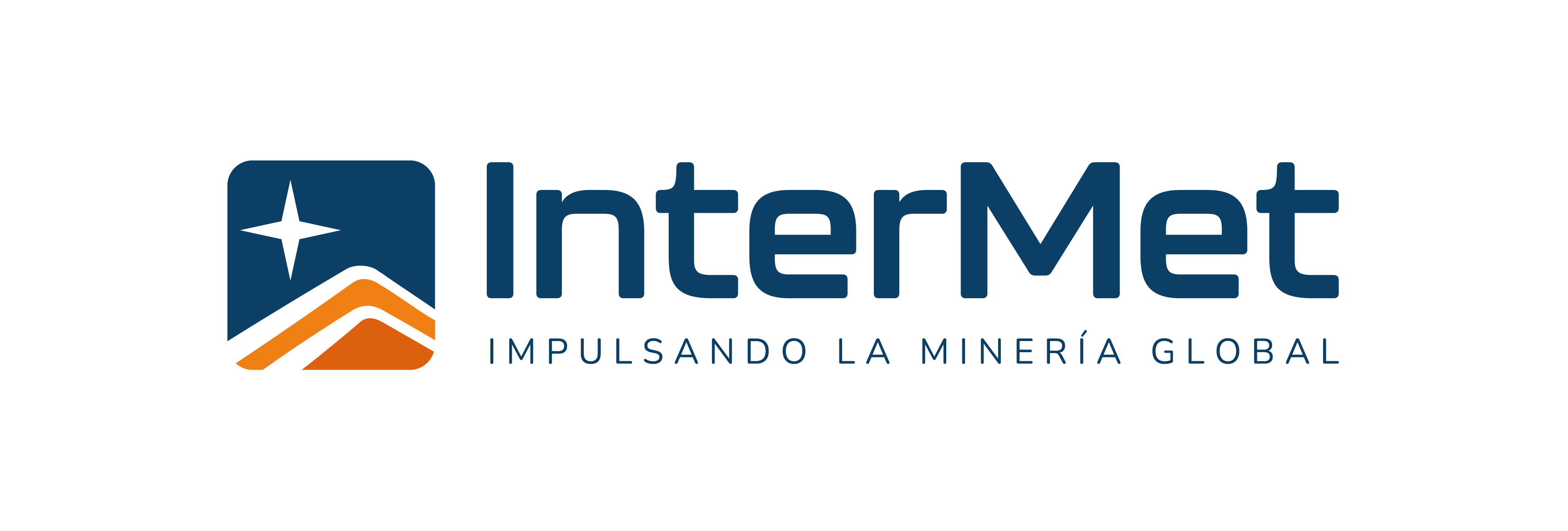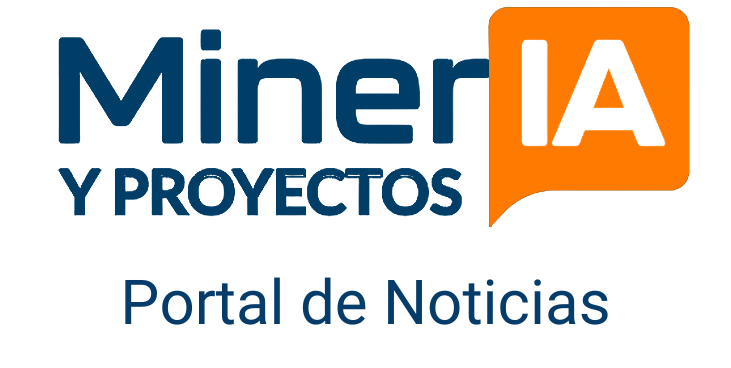SAMPLING OF GOLD & SILVER : “A FINANCIAL OPPORTUNITY IF APPLIED CORRECTLY”

INTRODUCTION
Theoretical and, especially practical problems generated by the sampling of materials containing gold and silver have been given enormous attention by many specialists for a long time. Nevertheless, solutions to the sampling of gold and silver are still unsatisfactory: sometimes propositions are too theoretical and useless for the engineer, and sometimes they are too simplistic and based on empirical observations without solid foundations.
In this course, a special effort is made in presenting easy practical examples. This makes it possible to quickly calculate the variance of the Fundamental Sampling Error involved during the sampling of gold and silver.
Peculiarities about the sampling of gold and silver can be divided into three categories:
- Financial.
- Theoretical.
- Practical.
FINANCIAL PECULIARITIES
Relatively small amounts of material can involve very large amounts of money; therefore, problems of precision and accuracy quickly become a primary concern. This is the case during early exploration, for mining evaluations and planning, for milling operations, for recycling smelters, etc.
THEORETICAL PECULIARITIES
One of the main distinctions between gold and silver and other metals is the fact that they are economic at very low levels. Base metals, for example, are often estimated in percent, while gold and silver are often estimated in parts per million.
PRACTICAL PECULIARITIES
Because gold has an important place in the sampling of precious metals, and is known to generate numerous practical difficulties, our discussion will often concern only this metal. However, the extension of these discussions to other precious metals is straightforward.
The gold content of a sample and the gold content of the surrounding ore can be very different. Furthermore, the gold content of a tiny analytical 30-g subsample and the gold content of the 10000-g from which it was selected can also be very different. The density of gold is enormous (ρAu = 19.3), promoting strong segregation phenomena as soon as some gold particles are liberated. Gold particles do not comminute very well; therefore, gold smears and easily coats sampling equipment generating unacceptable losses and cross-contamination problems. As a result, a finely ground analytical 250-g subsample, believed to be 100% minus 100 microns, can still contain a few gold particles that may be 200 microns or even larger. This delayed comminution confuses many sampling experts in their calculations of the variance of the Fundamental Sampling Error, generating endless debates. All these problems are amplified as gold grade becomes lower, as the economics of gold deposits become marginal, and as the distribution of gold in rocks becomes erratic as studied in Part 6 of this book.
OUTLINE
Day One
Lecture 1: Introduction to the 9 kinds of sampling errors.
Lecture 2: Fundamental statistical concepts involved in the sampling of gold.
Lecture 3: The Fundamental Sampling Error: optimization of necessary sample mass.
Lecture 4: Sampling for size distribution analysis: Cardinal Rule #1for sampling gold.
Lecture 5: Poisson Processes: the nightmare of sampling for gold.
Day Two
Lecture 6: Introduction to Poisson Processes: A real case for gold with devastating consequences.
Lecture 7: Sampling for trace elements such as gold.
Lecture 8: In situ Constitution Heterogeneity: a concern for geologists.
Lecture 9: Guidelines for required accuracy and precision.
Lecture 10: Distribution Heterogeneity: problems with gold segregation.
Lecture 11: The Delimitation Error during exploration and grade control (a bias generator). Real case for Blasthole sampling.
Lecture 12: The Delimitation Error at the plant (a bias generator): Real cases of bad sampling systems for material balance.
Lecture 13: Problems with weightometers: Real cases leading to disagreement between the mine and the plant.
Day Three
Lecture 14: The Delimitation Error at the laboratory (a bias generator).
Lecture 15: The Extraction Error at the mine (a bias generator): Real cases for blasthole sampling.
Lecture 16: The Extraction Error at the plant (a bias generator): Real cases of bad sampling systems for material balance.
Lecture 17: The Preparation Error (a bias generator).
Lecture 18: An introduction to variography (a convenient tool for metallurgists).
Lecture 19: Advance Variography and its many applications.
Day Four
Lecture 20: Benchmark Sampling Systems for Material Balance.
Lecture 21: The weaknesses of Bias Tests for sampling issues.
Lecture 22: Sampling Modes.
Lecture 23: An introduction for management: A summary as a conclusion for the course, with exercises included. In this lecture, four real cases are presented where financial losses due to bad sampling were quantified.
INSTRUCTOR : Dr. FRANCIS PITARD
Dr. Francis F. Pitard is a consulting expert in Sampling, Statistical Process Control and Total Quality Management. He is President of Francis Pitard Sampling Consultants (www.fpscsampling.com) and Technical Director of Mineral Stats Inc. (www.mineralstats.com) in Broomfield, Colorado USA. He provides consulting services in many countries. Dr. Pitard has six years of experience with the French Atomic Energy Commission and fifteen years with Amax Extractive R&D. He taught Sampling Theory, SPC, and TQM for the Continuing Education offices of the Colorado School of Mines, the Australian Mineral Foundation, for the Mining Department of the University of Chile, and the University of Witwatersrand in South Africa. He has a Doctorate of Technology from Aalborg University in Denmark. He is the recipient of the prestigious Pierre Gy’s Gold Medal for excellence in promoting and teaching the Theory of Sampling (Cape Town, South Africa, 2009). Consultant of InterMet for Peru. Chairman of II Mineral Sampling Congress to be held in Lima on September 2021.
PRECIO : US$ 1,200
CONSULTA SOBRE ESTE CURSO
No dude en comunicarce con nosotros y de inmediato lo vamos a guiar en todo lo necesario.
NOTA : Los campos que poseen (*) son considerados obligatorios.

